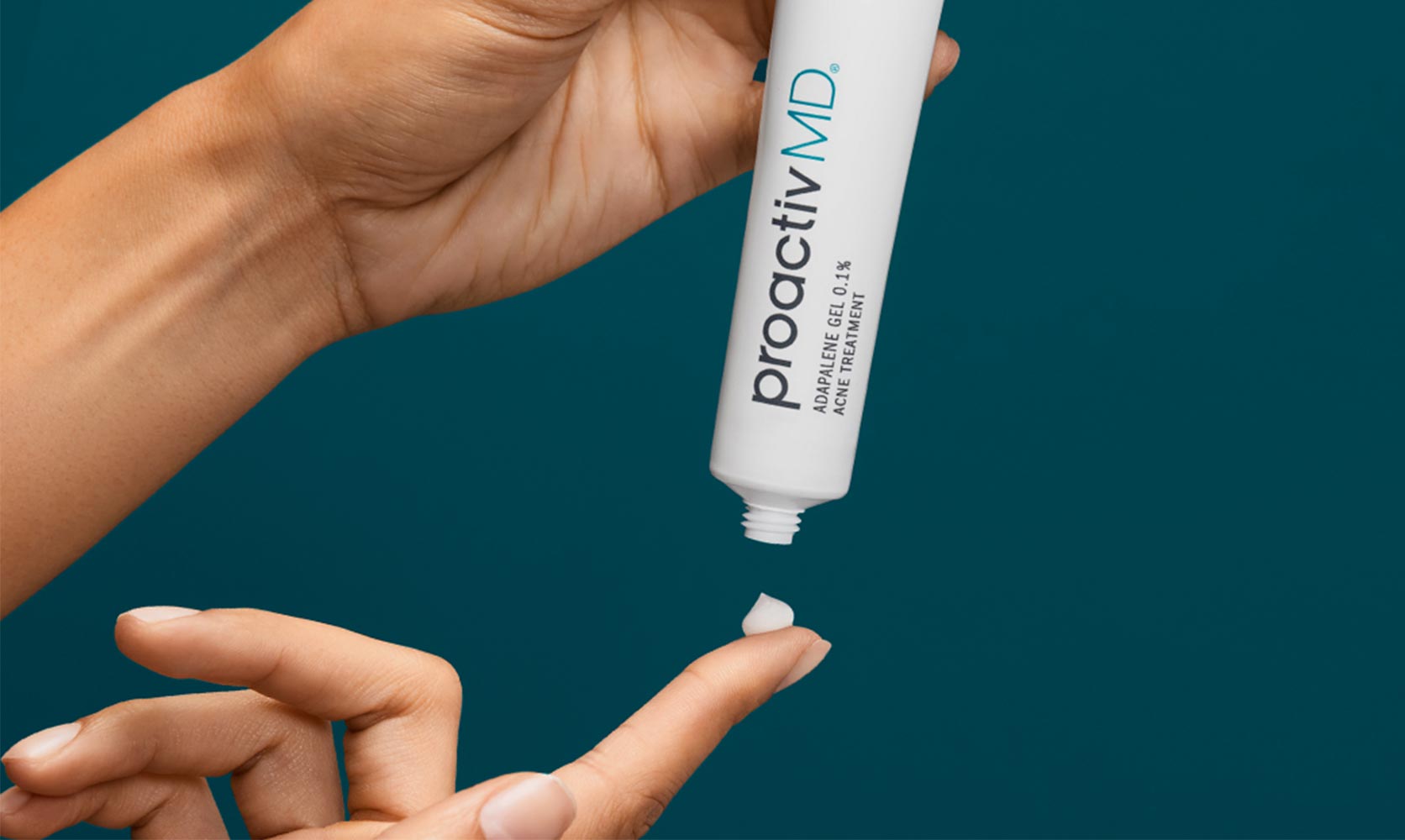Compare Our Acne Routines
Dermatologist-developed routines for every skin type — all you have to do is find your match.
Made for...
Skin-loving
ingredients
ingredients
Acne-clearing
ingredients
ingredients
Real Result
The Original
Oily/combo skin
With hazel, aloe, & allantoin
Benzoyl Peroxide
"I have used Proactiv for 14 years now and it’s the only thing that has kept my acne away." - Karon M.
No RX Required
For stubborn acne
Green tea, sophora root, & kojic acid
Adapalene (the first FDA-approved non-RX retinoid)
"Really helped clear my cystic acne up and rid of scars slowly. Love it, will forever use it! " - Lindsey L.
Hydrate & Brighten
For dry skin
Hyaluronic acid & licorice root
Benzoyl peroxide & salicylic acid
"Doesn’t dry out my skin and still prevents breakouts from occurring." - Douglas F.
Clean & Gentle
For sensitive skin
Azalaic acid, bakuchiol, & chamomile
Mineral-derived sulfur & salicylic acid
"My skin is absolutely glowing." - Zion T.






